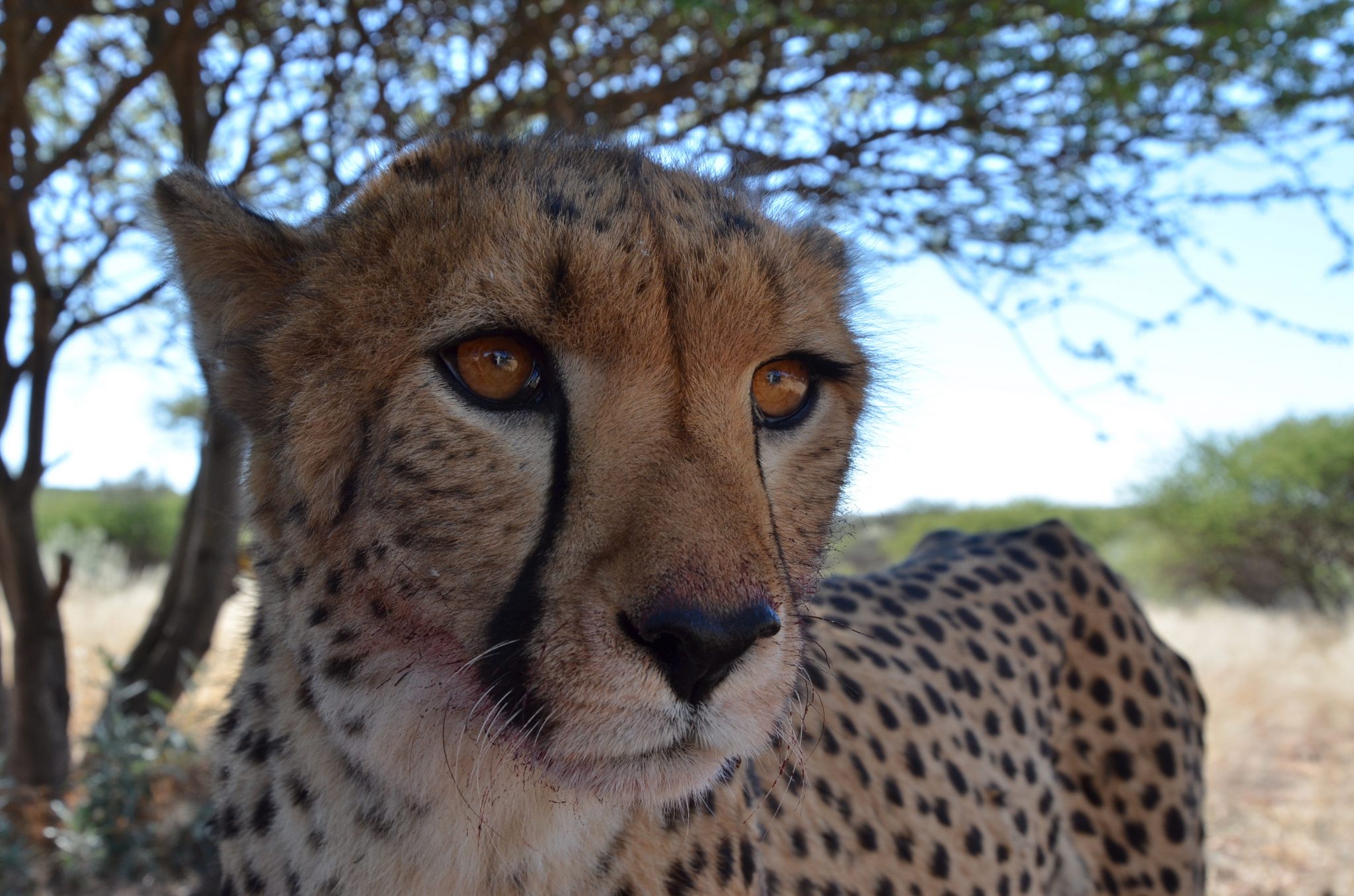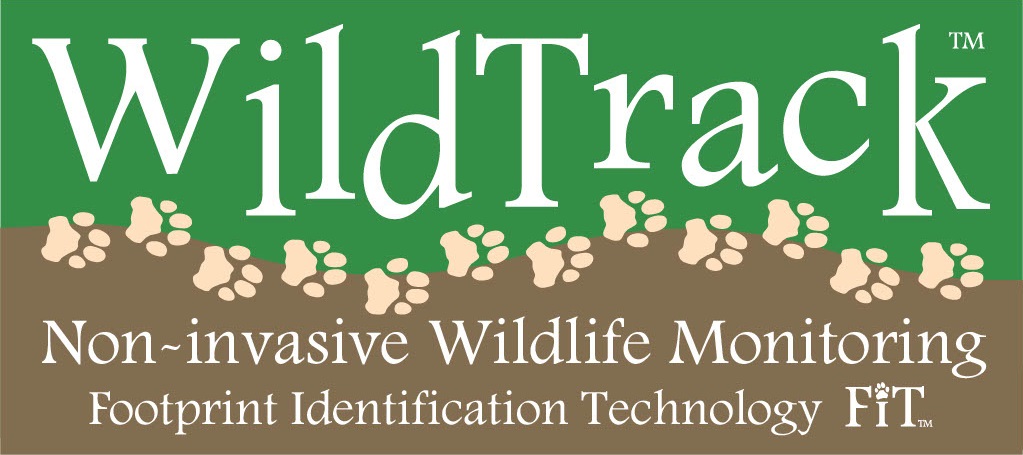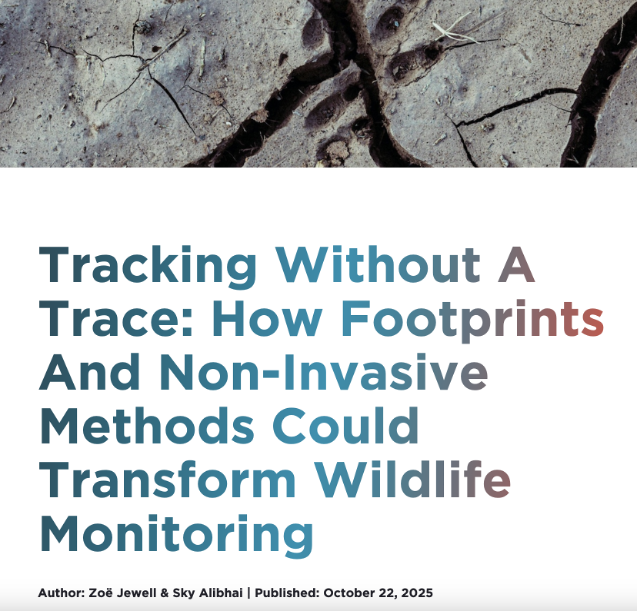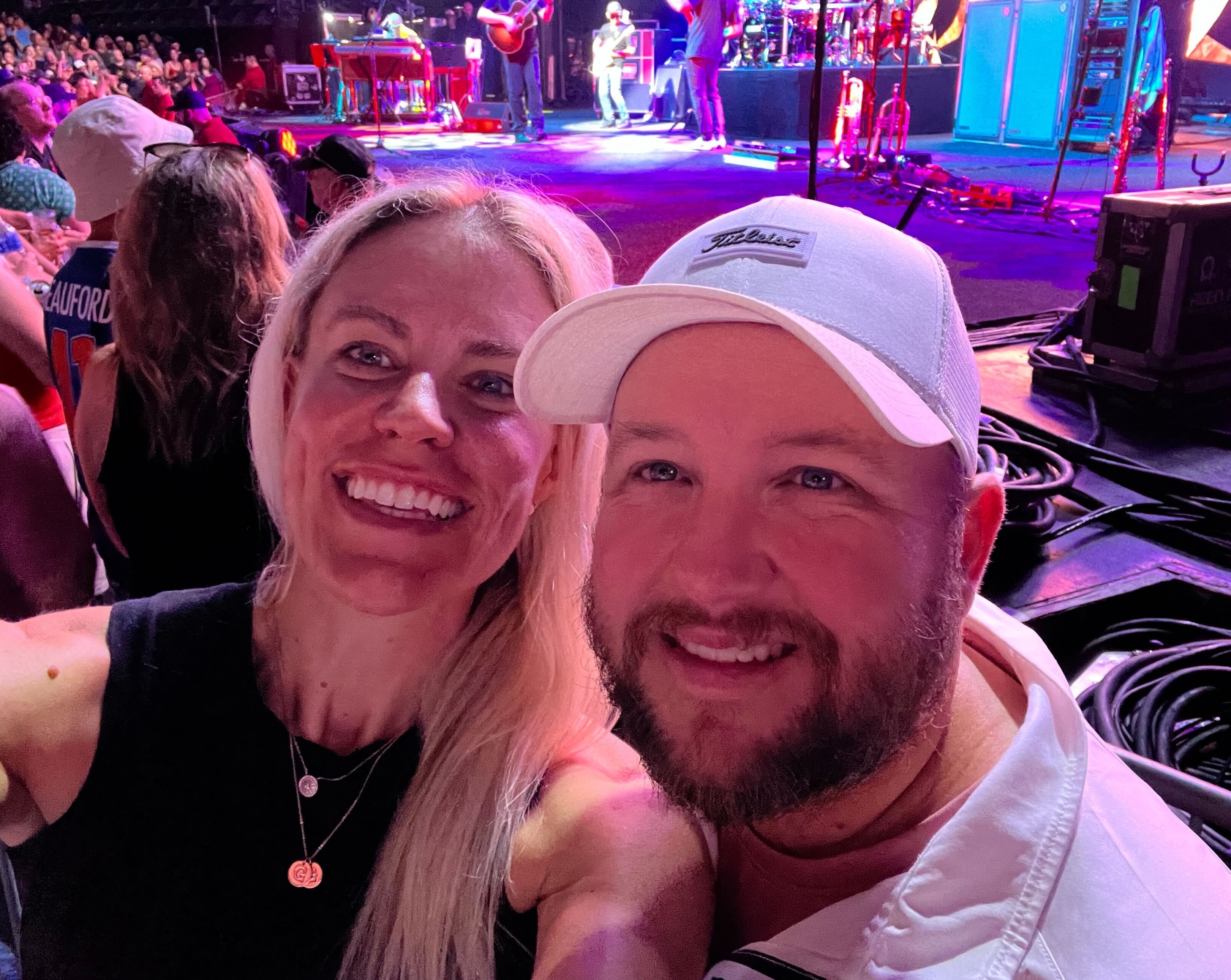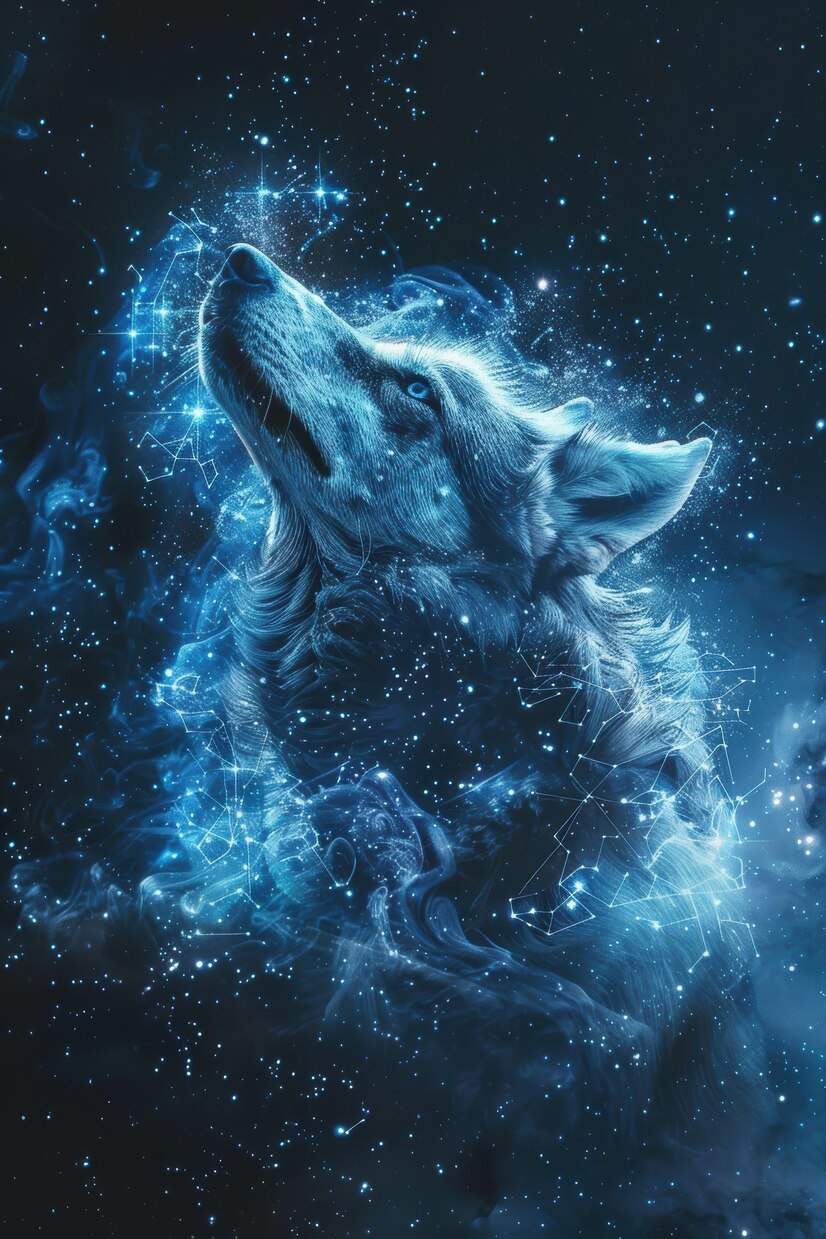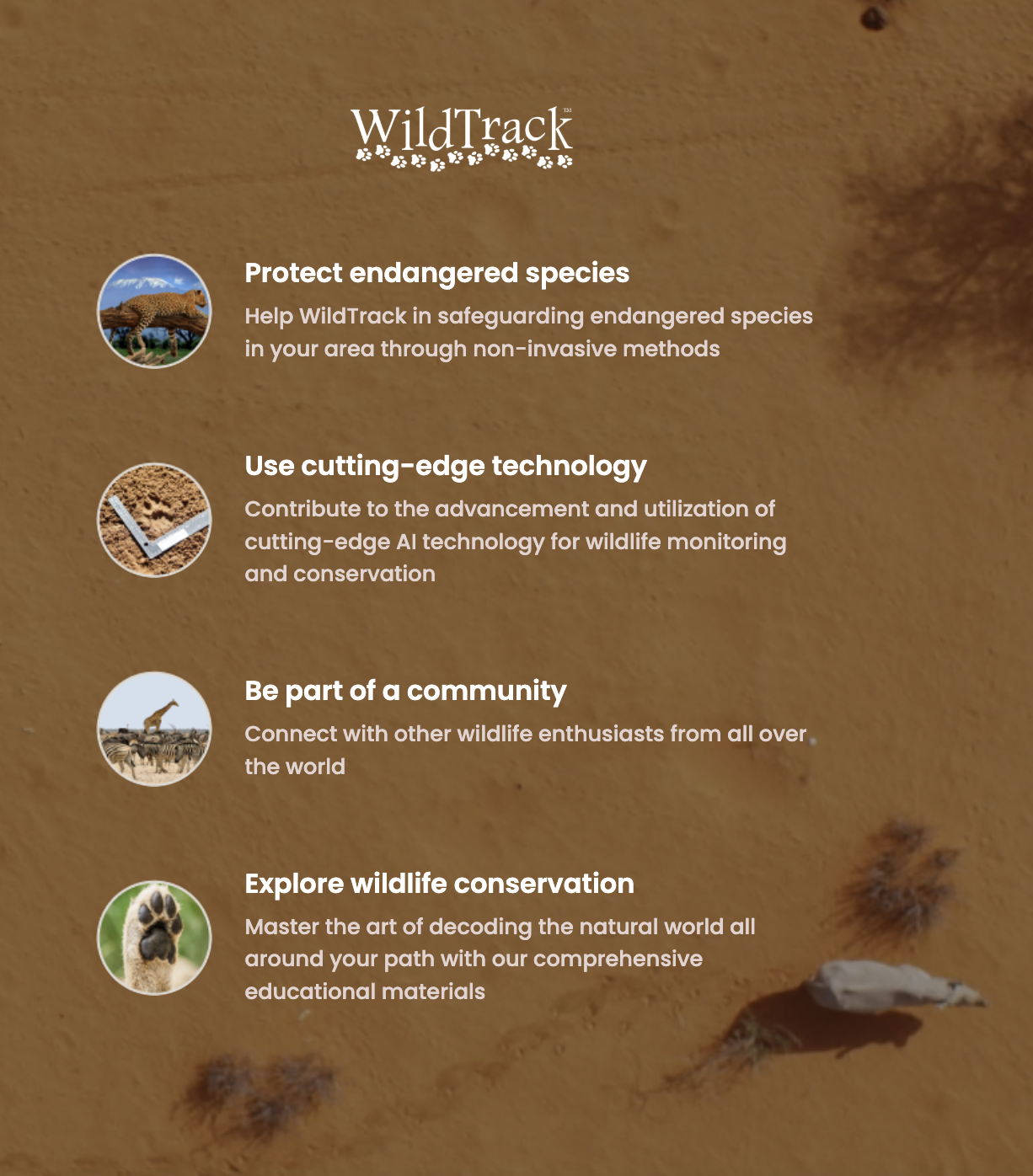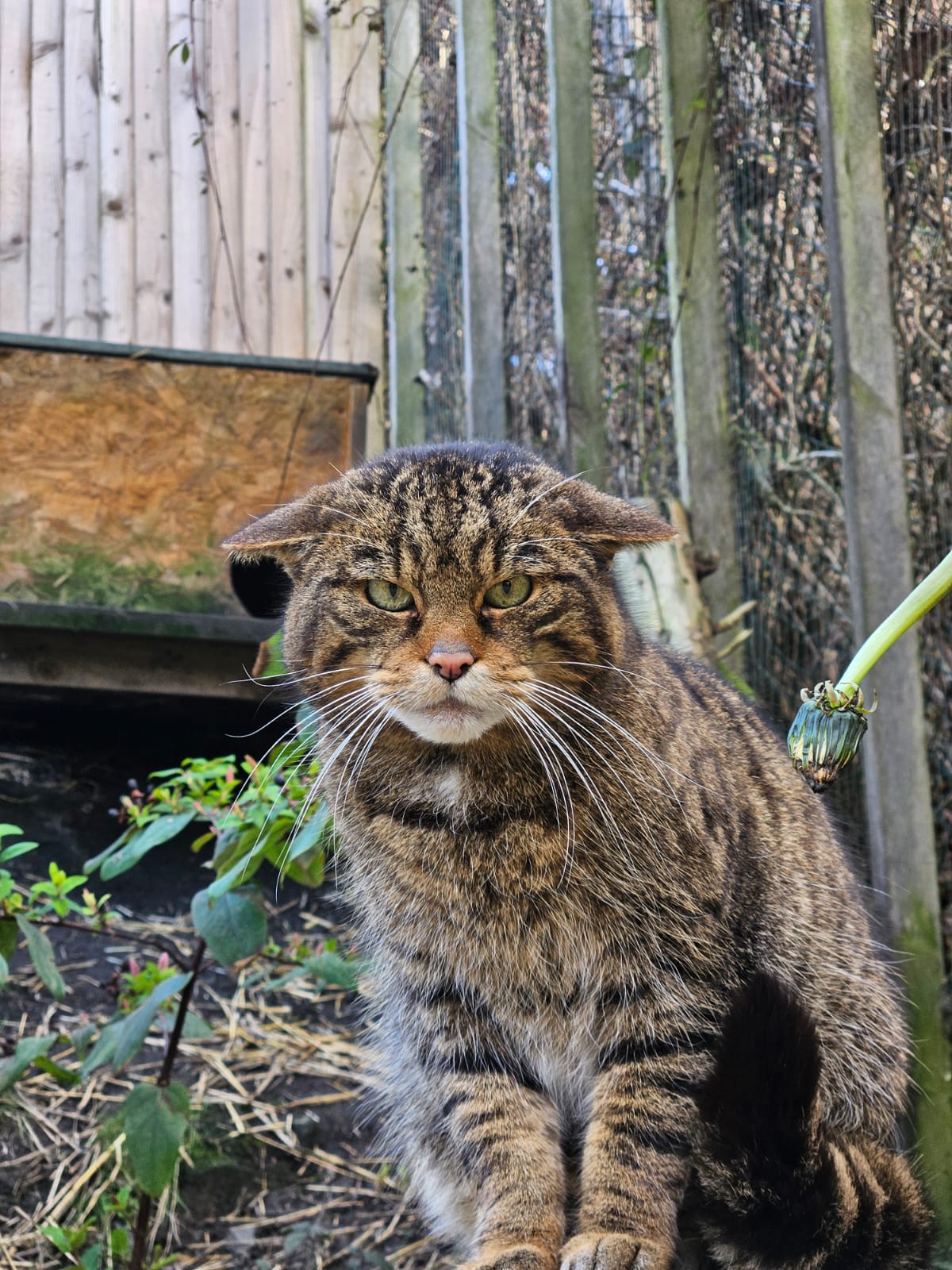ConservationFIT: update for ex-situ partners
From Karin Schwartz, PhD, Scientific Coordinator for Ex-Situ Partners, ConservationFIT

ConservationFIT Ex-Situ Update
The ConservationFIT project was initiated in the summer of 2016 by WildTrack. FIT is a footprint identification technique that uses morphometrics from footprint images to provide identification of species, individual, sex and age-class from footprints alone. Each species has a unique foot structure, and so the FIT algorithms we build are unique for each species. For each species, we need a reference library of footprints. If we can collect footprints from individuals of known species, age, and sex to develop a database we can extract an algorithm to determine the sex, individual and age of a wild animal of the same species, just from footprints.
Carnivores are among the most challenging species to monitor in their natural habitat due to cryptic behavior, low densities, and frequently nocturnal activity patterns. Thus, WildTrack is spearheading ConservationFIT ( conservationfit.org), a program linking zoological institutions and field conservation projects for conservation of endangered carnivore species. With an initial focus on threatened big cats, WildTrack is partnering with Association of Zoos and Aquariums (AZA) Cheetah, Snow Leopard, and Jaguar Species Survival Plan®s (SSPs) to collect photographs of footprints from known individuals for the development of the species-specific algorithms. AZA institutions that participate in the ConservationFIT program can thus make a direct contribution to non-invasive carnivore monitoring programs that will impact conservation planning and action.
Presentations on the ConservationFIT project were given at the Jaguar SSP meeting during the AZA Mid-Year meeting, 26-31.March.2017 and the Snow Leopard SSP meeting during the AZA Felid TAG meeting, 16-22.July. 2017. A letter of invitation to contribute to the project was sent to all AZA Cheetah SSP Institutional Representatives on International Cheetah Day, 4.Dec.2017. There was a good response to this call for action as 21 zoos expressed an interest in participating. Two institutions ended up dropping out due to time constraints for training their animals or having enclosures that were not conducive to the photo collection procedure. Seven institutions have submitted photos, four are in the process of collecting photos for submission, and we’re waiting for eight more that expressed initial interest.
The following zoos asked to participate:
Cheetah
- Brevard Zoo, Melbourne, FL
- Central Florida Zoo, Sanford,
- The Zoo at Chehaw, Albany, GA
- Wildlife Safari, Winston, OR
- Houston Zoo, Houston, TX
- Maryland Zoo, Baltimore, MD
Snow Leopard
- Blank Park Zoo, Des Moines, IA
- FL Brookfield Zoo, Chicago, IL
- San Francisco Zoo, San Francisco, CA
Jaguar
- Akron Zoo, Akron, OH
- Birmingham Zoo, Birmingham, AL
Three institutions with cheetah have submitted photos and three others are set to go as weather permits. Three institutions with snow leopards have submitted photos and we’re waiting to hear from four more that expressed initial interest. One institution has submitted jaguar footprint photos, one will submit as weather permits and we’re waiting to hear from four more that expressed initial interest. Of the zoos that submitted photos, three of the photo sets were very good and four needed additional submissions due to photos that were not clear. Additional time has been set for submission of photos to give everyone the opportunity to post good quality photos. The approximate target date for photo submissions is during the summer of 2018.
Participating zoos are featured on two pages of the ConservationFIT website (conservationfit.org): Zoo logos are posted on the Ex-Situ Partners page which can be found under About Us/Ex-Situ Partners. Ex-Situ Partners are also found on the Observations map. Click on the Partner logo and you can view information on the zoo – zoo’s mission, contact person, location, and species.
Where to go from here
The target date for submission of footprint photos is during the 2018 summer months. Algorithms will then be developed for use of FIT for animals in the wild – to identify individuals by species, sex, and age. We are now developing partnerships with conservation organizations that will be able to use the FIT process to monitor these species in the wild.
